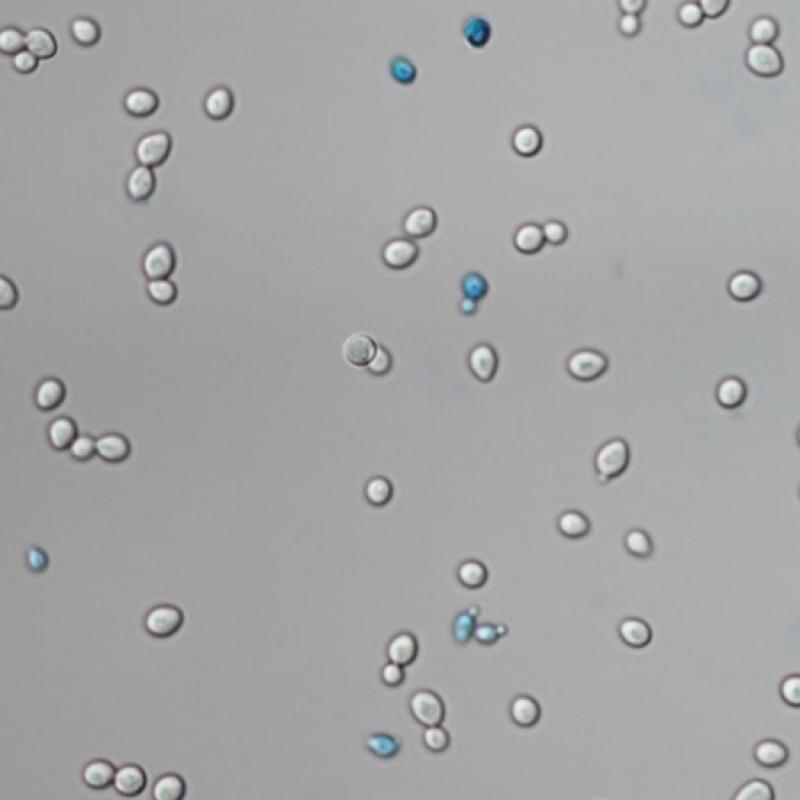Fermented foods are a fundamental part of the human diet in all cultures, and their popularity is growing as new data on their positive impact on our health becomes available. Even when starter cultures are used, many of these foods are not produced by the action of a single microorganism, but by the action of microbial consortia. Wine is a good example as it can be produced by spontaneous fermentation, or by inoculating one or several commercial yeasts and bacteria.
In project “Communication mechanisms among fermentation starter cultures. FERMENTALK. (PID2022-136815OB-I00)” the research group MircoWineLab at ICVV intends to deepen the knowledge about the mechanisms of communication between microorganisms during wine fermentation. This knowledge may be of interest to improve the use of non-Saccharomyces yeasts, in alcohol reduction strategies based on alternative yeasts, in the use of yeasts as biocontrol agents, or in the co-inoculation of bacteria and yeasts for the simultaneous development of alcoholic and malolactic fermentation.
The MicroWineLab group has already found evidence that extracellular vesicles may play a role in the communication between different microbial species during fermentation. The project will expand this knowledge on extracellular vesicle-mediated interactions between different species of oenological interest, especially deepening the understanding of bacteria-yeast interactions and the interaction between the wine spoilage yeast Brettanomyces bruxellensis and several biocontrol yeast species. We expect that our results will serve, in the medium or long term, to design new mixed starter cultures, and constitute a knowledge base for the management of mixed fermentations, both at artisanal and industrial scale.









